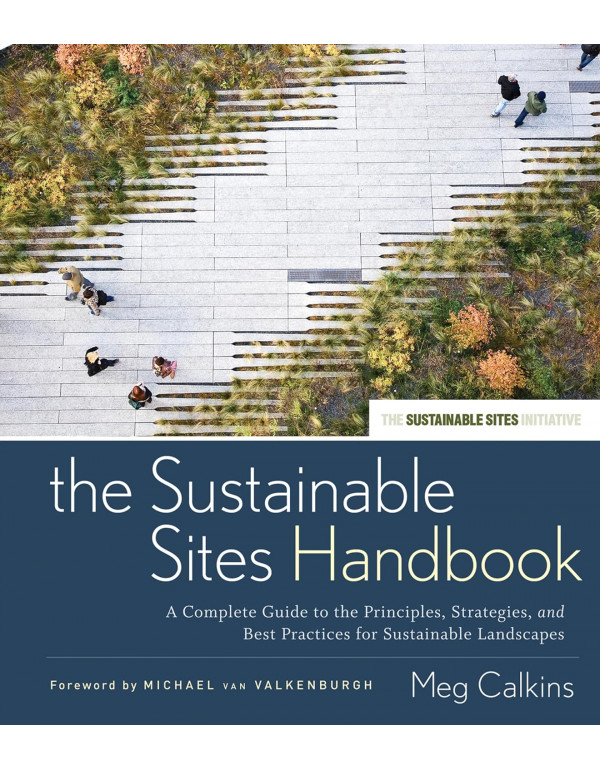Empowering practitioners to create landscapes that are beautiful, responsible, and resilient:
The Sustainable Sites Handbook, authored by Meg Calkins, delves into the intricate world of sustainable landscape design, construction, and management. This comprehensive guide goes beyond aesthetics, offering valuable insights and practical strategies for creating landscapes that are:
- Environmentally Responsible: Conserving water, protecting ecosystems, and minimizing environmental impact are central themes.
- Socially Equitable: The book emphasizes inclusive design that promotes community well-being and fosters accessibility.
- Economically Viable: Sustainable practices are presented as cost-effective solutions with long-term benefits.
Tailored for diverse expertise:
Whether you're a landscape architect, engineer, contractor, student, or simply passionate about sustainable design, this book offers valuable insights. Its target audience includes:
- Landscape architects, designers, and planners
- Engineers, contractors, and developers
- Students and researchers interested in sustainable landscapes
Key Focus:
- Mastering the SITES Rating Tool: Gain a thorough understanding of this widely used framework for evaluating and optimizing sustainable site design.
- Holistic Approach: Explore the interconnectedness of hydrology, vegetation, soils, materials, and human health within sustainable landscapes.
- Practical Guidance: Discover best practices and real-world examples for design, construction, and ongoing management of sustainable sites.
Content Highlights:
- Unveiling Design Principles: Delve into the core principles of sustainable site design, including water conservation, energy efficiency, and habitat creation.
- Navigating Site Systems: Explore detailed information on managing hydrology, vegetation, soils, and materials in an environmentally responsible way.
- Prioritizing Human Well-being: Discover how to incorporate elements that promote physical and mental health within landscapes.
- Bridging the Gap Between Design and Management: Gain practical insights into implementing sustainable practices throughout the entire project lifecycle.
Key Takeaways:
- Sustainable landscapes offer a multitude of benefits, ranging from environmental protection and economic viability to improved quality of life.
- The SITES rating tool provides a valuable framework for guiding and measuring sustainable design practices.
- Effective sustainable landscape design requires a holistic approach that considers all aspects of the site and its relationship with the environment and community.
- Implementing sustainable practices throughout the design, construction, and management phases is crucial for achieving long-term success.
Strengths:
- Comprehensive and up-to-date information on all aspects of sustainable landscape design.
- Clear and concise explanations with practical examples and case studies.
- Valuable resource for understanding and applying the SITES rating tool.
- Strong emphasis on real-world application and practical guidance.
